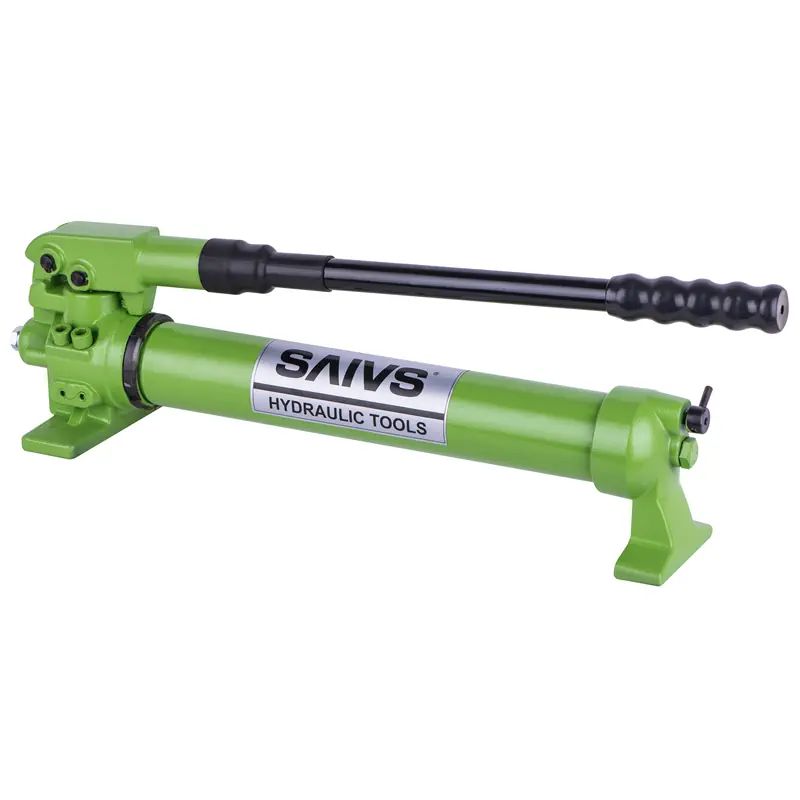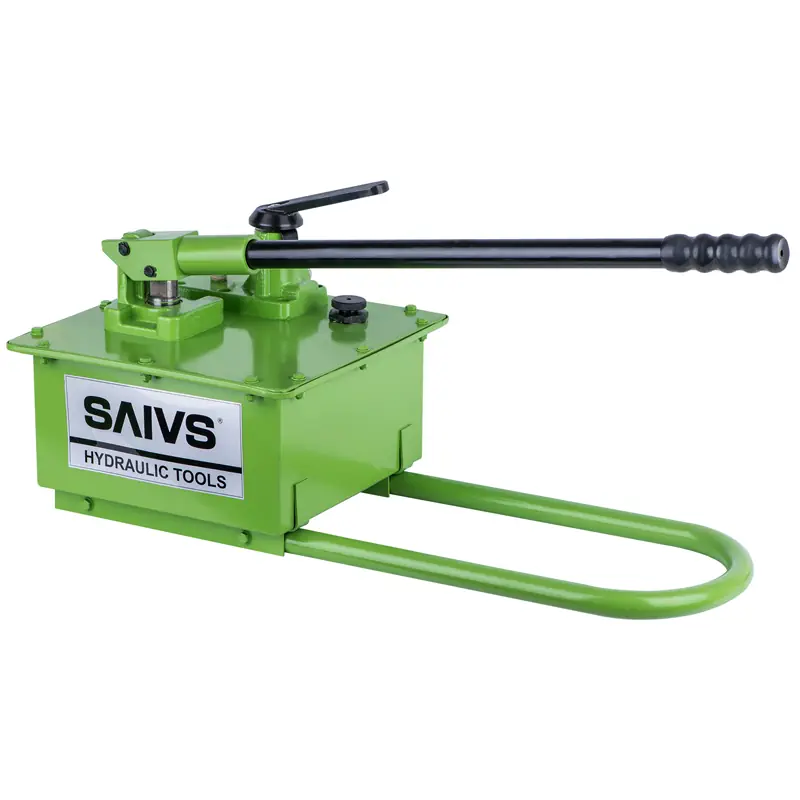Converting a Single-Acting Hydraulic Cylinder to Double-Acting
Introduction
Hydraulic Cylinders are indispensable components in various industrial applications, powering machinery and equipment with remarkable force and precision. Among the two primary types of hydraulic cylinders, Single-Acting and Double-Acting, the latter stands out for its versatility and bidirectional operation. While Single-Acting Cylinders offer unidirectional force generation, Double-Acting Cylinders excel in providing both extending and retracting motions.
In certain scenarios, converting a single-acting hydraulic cylinder to double-acting can prove beneficial, enhancing the functionality and efficiency of the Hydraulic System. This article meticulously explores the conversion process, shedding light on the essential components and the notable advantages of this modification.
Understanding the Distinction: Single-Acting vs Double-Acting Hydraulic Cylinders
Single-acting hydraulic cylinders rely on pressurized fluid to extend the piston in one direction, while the retraction is typically achieved by gravity, springs, or external forces. In contrast, double-acting hydraulic cylinders employ pressurized fluid for both extension and retraction, offering greater control and versatility.
The Conversion Process: Transforming a Single-Acting Cylinder into Double-Acting
Converting a single-acting hydraulic cylinder to double-acting involves introducing a double-acting directional valve and modifying the cylinder's plumbing. The double-acting directional valve serves as the key element, enabling the flow of pressurized fluid to either side of the cylinder, facilitating both extension and retraction.
Essential Components for the Conversion
Double-Acting Directional Valve: The heart of the conversion, this valve directs pressurized fluid to the desired side of the cylinder, enabling both extension and retraction.
Additional Hoses and Fittings: Additional hoses and fittings are required to connect the double-acting directional valve to the cylinder and the hydraulic system.
Potential Cylinder Modifications: Depending on the specific cylinder design, modifications may be necessary to accommodate the additional fluid ports and the double-acting directional valve.
Benefits of Converting to a Double-Acting Hydraulic Cylinder
Enhanced Versatility: Double-acting cylinders provide bidirectional operation, allowing for greater control and flexibility in various applications.
Improved Efficiency: By utilizing pressurized fluid for both extension and retraction, double-acting cylinders can enhance the efficiency of the hydraulic system.
Reduced External Forces: Single-acting cylinders often rely on external forces for retraction, which can introduce additional complexity and potential safety hazards. Double-acting cylinders eliminate this reliance, improving safety and reducing maintenance requirements.
Conclusion
Converting a single-acting hydraulic cylinder to double-acting can be a worthwhile endeavor, offering enhanced versatility, improved efficiency, and reduced reliance on external forces. While the conversion process involves the introduction of a double-acting directional valve and potential cylinder modifications, the benefits often outweigh the additional complexity. Carefully evaluating the specific application and considering the potential advantages can guide the decision to convert a single-acting cylinder to double-acting, optimizing the performance and efficiency of the hydraulic system.
Why Choose SAIVS™ as Your Supplier?
With 20 years of industry experience, SAIVS is a leading Chinese manufacturer of high-quality tools, offering competitive pricing and excellent customer service.We pride ourselves on exceptional quality control, extensive experience, and comprehensive after-sales service.

